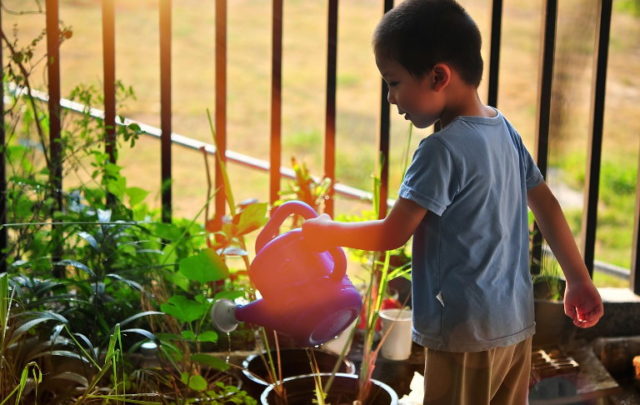This post is based on a chapter from Post Carbon Institute’s 2016 book The Community Resilience Reader: Essential Resources for an Era of Upheaval.
Serious water problems confront American communities daily. Some are the result of an extreme event like a storm or an industrial accident. Others are slow moving and insidious, like contaminated drinking water or a long-lasting drought. No matter what kind of water crisis looms, it nearly always hits poor and disenfranchised communities hardest.
Our water resources face a triple threat. First, much of our water infrastructure is outdated and suffers frequent age-related failures, threatening public health and safety. Second, our water systems are stressed by unsustainable choices we have made in our use of land and water resources. Third, a changing climate presents extreme hydrological conditions that exacerbate challenges to water infrastructure and sustainable resource use.
As a result of outdated water infrastructure, unsustainable resource use, and changes to the hydrological cycle, younger generations are inheriting rapidly growing water management challenges. When today’s young adults were born, water parameters were still relatively predictable. Now, engineers face an alarming reality of greater extremes in designing water supply and containment, wastewater disposal, and stormwater systems. Community resilience will come from an integrated approach to water that taps and builds both the natural capital inherent in healthy hydrological systems and the social capital needed for diverse, inclusive, and collaborative local efforts to equitably manage our freshwater wealth.
What approaches will best serve communities over the long term? The concept underpinning efforts to manage water for greater resilience is simple: work with nature and work together. Our actions must be ecologically sustainable, meeting the needs of natural systems that support life; and they must be socially equitable, meeting the needs of the most vulnerable members of society as well as the needs of future generations.
Ultimately, piecemeal repairs to a community’s water system will not be enough. Instead of putting things back the way they were after a water crisis, a better strategy will be to use opportunities presented by natural disasters, infrastructure failures, or court orders to transform the system through integrating built, natural, and human elements. Patching together aging infrastructure is expensive and ineffective. Investing in transforming the water system will pay higher dividends.
Transforming water systems requires extensive collaboration and integration at many scales and in many locations: across disciplines, departments, and decision makers; across diverse stakeholder interests within a community; and among the many users and uses of water. The connectivity and scalability of freshwater hydrology can be used to link the concerns of communities up and downstream, making watershed-wide plans extremely useful for thinking and acting at multiple scales in pursuit of sustainable and equitable water outcomes. A transformed community water system must seek flexible, adaptive, and integrated approaches with built-in feedback loops. It must recognize and incorporate the full costs of water and ensure safe, affordable water for all citizens.





